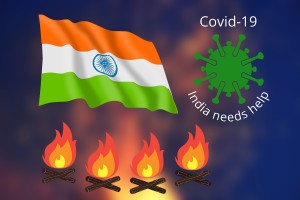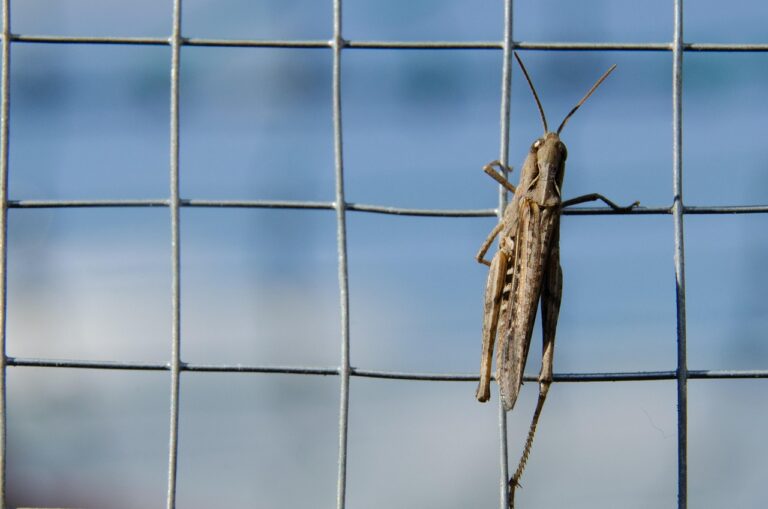
WHO Foundation launches the “Together for India” appeal to raise funds for oxygen, personal protective equipment and medicines for India
Geneva: While globally the number of COVID-19 cases and deaths are plateauing, cases and deaths are still increasing rapidly in WHO’s South-East Asia region led by India. Besides there are countries in every region with increasing trends, the World Health Organization (WHO) stated here last night (IST).
Concerning the B.1.617 variant of concern which was first detected in India, the WHO said that based on current data, the COVID-19 vaccines remain effective at preventing disease and death in people infected with this variant.
In the last 24 hours (till 7 am on May 11, 2021), India for the 20th successive day, yet again registered over 3 lakh new COVID-19 cases (3,29,942 new cases), nearly 4000 deaths (3876 deaths), as per the official figures provided by the health ministry.
With declines in the number of cases and deaths in most regions including the Americas and Europe, the two worst-affected regions, still it’s an unacceptably high plateau, with more than 5.4 million reported cases and almost 90 thousand deaths last week. “Any decline is welcome, but we have been here before,” WHO Director-General Dr. Tedros Adhanom Ghebreyesus, said, but reiterated the increasing trend in many countries – “Globally, we are still in a perilous situation… The spread of variants, increased social mixing, the relaxation of public health and social measures and inequitable vaccination are all driving transmission.
On May 10, 2021 (Today, May 11, IST), the WHO Foundation launched the “Together for India” appeal to raise funds to support WHO’s work in India, including the purchase of oxygen, personal protective equipment and medicines. To donate, one can go to who.foundation, look for the black “Donate” button and select the “Together for India” appeal.
“Globally, we are still in a perilous situation,” Dr. Ghebreyesus warned. About vaccines’ efficacy, he said vaccines were reducing severe disease and death in countries that were fortunate enough to have them in sufficient quantities,. “Early results suggest that vaccines might also drive down transmission. But the shocking global disparity in access to vaccines remains one of the biggest risks to ending the pandemic,” he added.
He pointed out that high- and upper-middle income countries represented 53% of the world’s population, but had received 83% of the world’s vaccines. By contrast, low- and lower-middle income countries accounted for 47% of the world’s population, but had received just 17% of the world’s vaccines.
“Redressing this global imbalance is an essential part of the solution, but not the only part, and not an immediate solution. We cannot put all our eggs in one basket. We have many vaccines for many diseases, but for each of them we still need a combination of vaccines and public health measures. The same is true with COVID-19. Vaccines prevent disease. But we can also prevent infection with public health tools that have been so effective in so many places,” he said.
– global bihari bureau





